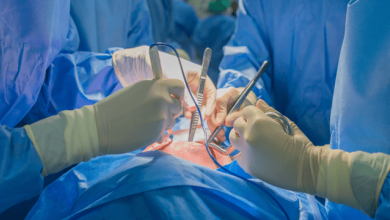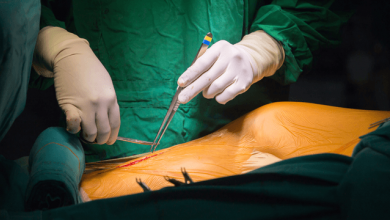Search results
PROMOTED
Author(s):
Nicolas M Van Mieghem
,
Kendra J Grubb
,
David Hildick-Smith
,
et al
Start date:
Mar 26, 2024
Author(s):
Ed Soltesz
Added:
1 year ago
Author(s):
David L Joyce
Added:
1 year ago
Author(s):
Mohammed Shamim Rahman
,
Ruben de Winter
,
Alex Nap
,
et al
Added:
2 years ago
Author(s):
Tullio Palmerini
,
Carlo Savini
,
Marco Di Eusanio
Added:
3 years ago
Neurological dysfunction following coronary artery bypass graft (CABG) surgery can manifest as stroke, encephalopathy including delirium and post-operative cognitive dysfunction. Stroke is one of the most devastating complications after CABG surgery, entailing permanent disability and a 3–6 fold increased risk of death with a case-fatality rate up to 20 %.1,2 It is also associated with…
View more
Author(s):
Edward McNulty
Added:
3 years ago
The debate over the optimal mode of revascularisation for unprotected left main (ULM) coronary artery disease intensified with the advent of drug-eluting stents (DES). Professional society guidelines addressing ULM disease have been revised at an increasing frequency,1,2 the significance of randomised comparisons has been variously interpreted, and observational comparisons have become a…
View more
Author(s):
Nathan J Smith
,
Adhitya Ramamurthi
,
Mohammed Kamalia
,
et al
Added:
4 years ago
Author(s):
Konstantinidis Nikolaos
,
Sianos Georgios
Added:
3 years ago
Saphenous vein grafts (SVGs), despite their inherent inferiority to arterial conduits, still remain the type of grafts most commonly used during coronary artery bypass grafting (CABG).1 The natural and post-interventional biological behaviour of SVGs differ from that of native coronary vessels, increasing the risk of restenosis.2 SVG disease after CABG is a strong predictor of mortality.3 In a…
View more
Author(s):
Stuart J Head
,
Ad JJC Bogers
,
A Pieter Kappetein
Added:
3 years ago
Abstract
In many patients, comparable results can be achieved either with coronary artery bypass grafting (CABG) or percutaneous coronary intervention (PCI). The comparison of PCI versus CABG is frequently reported in randomised trials, national registries, multicentre collaborations and single-centre experiences. However, the patients included in these analyses are either highly selected …
View more
Author(s):
Karel M Van Praet
,
Markus Kofler
,
Timo Z Nazari Shafti
,
et al
Added:
2 years ago
















